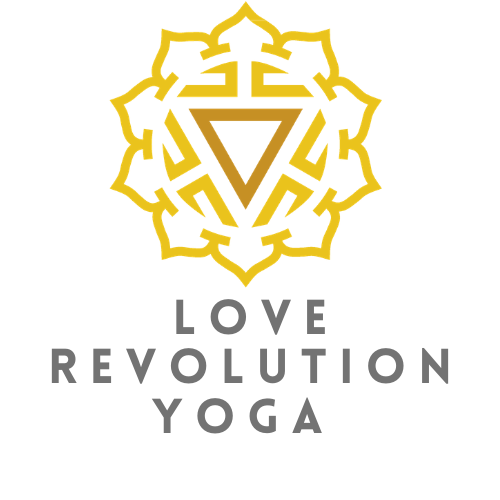Did you know that chronic pain is one of the most common reasons people seek medical care? It’s probably not surprising if you’re one of the 20% of Americans who lives with chronic pain.
I’ve been practicing yoga for more than 20 years. It started as a way to get back in shape after having a baby. Later it became the best way to release the stress and painful stiffness I experienced on a regular basis.
And then I was diagnosed with Lupus in 2016, an autoimmune condition that causes chronic pain and fatigue, and limits my mobility from day to day.
Now my yoga practice is not just a physical activity, it’s an important part of how I manage chronic pain, and deal with the overall impact of living with a chronic illness.
From a physical perspective, yoga asana (postures) can be an accessible, low-impact way to move when moving feels impossible. But Yoga is not just a physical practice, and a holistic approach including meditation and breathwork can help you find inner peace, regulate your nervous system, and discover self-acceptance.
How Yoga Helps Reduce Chronic

Movement Is Medicine
Moderate exercise is proven to help reduce physical pain, and for people who experience chronic joint and muscle pain, stretching can help decrease the intensity of that pain. Combined with breath awareness, yoga asana (postures) also help release tension held in the body.
Mindfulness and Meditation
Mindfulness is a practice of being with whatever your experience is in the present moment by consciously acknowledging and accepting your thoughts, feelings and physical sensations. This therapeutic practice helps with pain management, reducing anxiety and stress, while also improving memory, focus, metacognition.


Learning to Breathe
When we’re stressed, afraid or in pain, we hold our breath, and our nervous system overreacts. This creates tension in the body, which can intensify the experience of chronic pain and fatigue. Pranayama (or breathwork) yoga can help focus the mind, calm the nervous system, and help release stress or anxiety-based tension.
